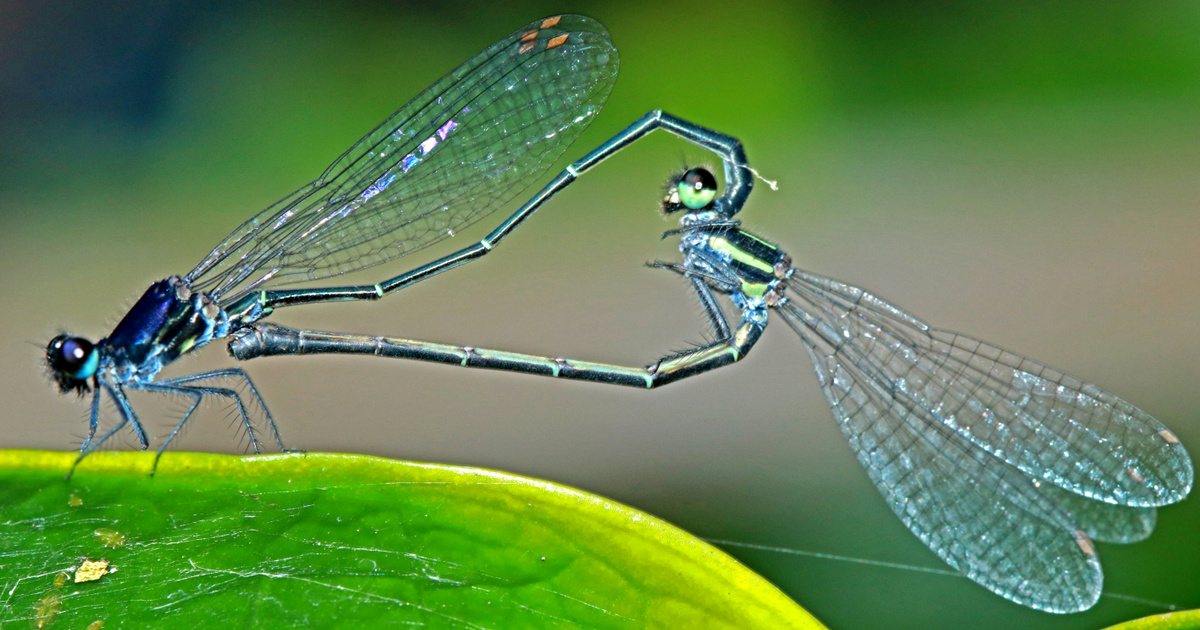Insects, including dragonflies, are trying to adapt to the increase in average global temperature. In their case, this is accompanied by a decrease in wing pigmentation, which may also jeopardize the long-term survival of the species.
Published in the Journal of the National Academy of Sciences of the United States of America (PNAS) a study To adapt to changing weather conditions, dragonflies begin to let go of their dark wing patterns and sometimes take on light patterns instead.
During the research, scientists studied 319 different species of dragonflies between 2005 and 2019, and based on more than three thousand photos of these animals, it turned out that males, especially those living in warmer climates, began to leave the color of their wings. . As a result of a warm environment, animals produce less melanin, which gives their wings a darker color. So far, no change has been detected in females.
The whole phenomenon is protection from heat, since dark wings can heat up the body temperature of a dragonfly by up to two degrees Celsius, which leads to the destruction of wing tissues and the deterioration of the animal’s defenses.
Even more frightening is that female dragonflies cannot track the change in males fast enough. Male dragonflies attract the attention of females with the color of their wings and their wedding dances, and in the latter, the dark-winged male has a better chance. According to researchers, females do not recognize males with light wings, which in the long run can lead to a lack of mating between animals.
There are no positive predictions about the color of the dragonfly’s wings, and the study says males will continue to fade until 2070.
(Cover Image: Shutterstock)






